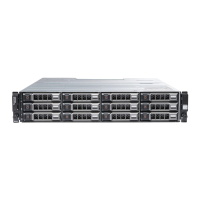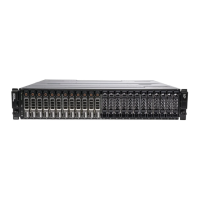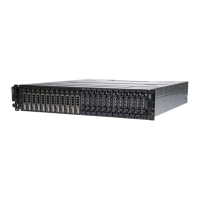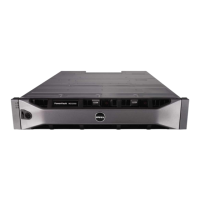30 Planning: About Your Storage Array
Hard–Drive Indicator Patterns
Figure 2-5. Hard Drive Indicators
1 hard-drive activity indicator (green) 2 hard-drive status indicator (green
and amber)
book.book Page 30 Friday, September 23, 2011 2:46 PM

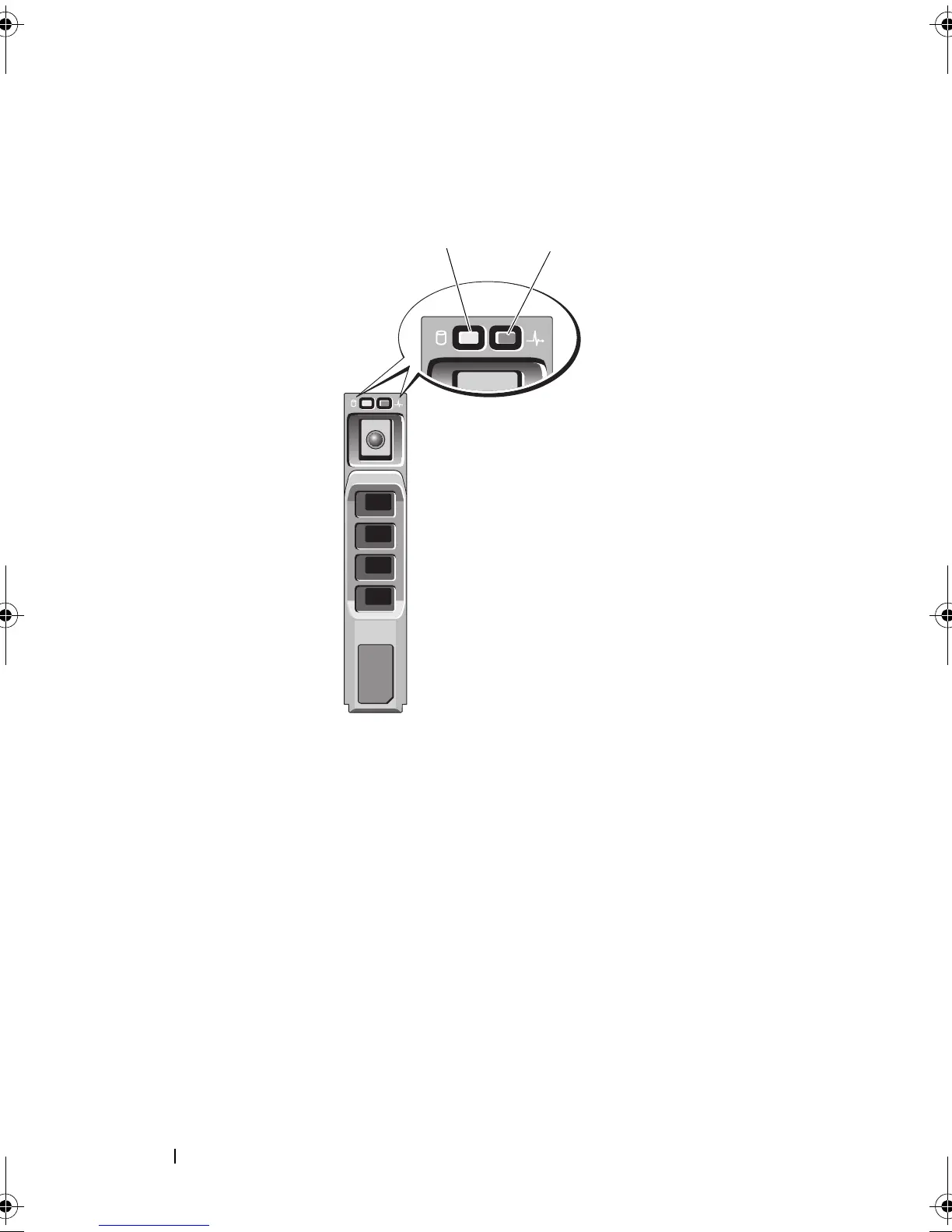